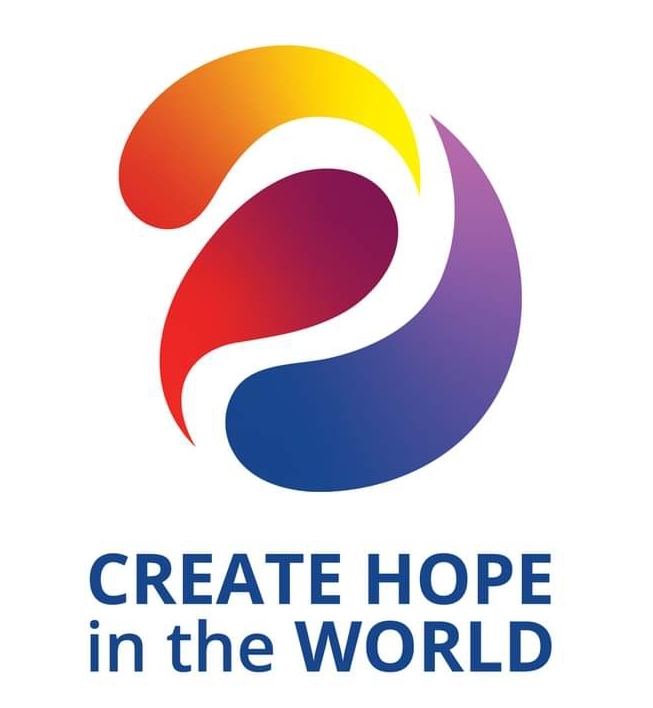The Rotarians didn’t do it alone. The World Health Organization embraced the Rotarian goal in 1988. Along with other countries, Canada signed on as partners. So did the Melinda and Bill Gates Foundation. But it was the Rotarians who dreamed the dream, who raised more than $1-billion for vaccinations and who persevered for 30 years, as Prime Minister Stephen Harper nicely put it at the Commonwealth conference in Australia in October, “one child, one vaccination, one small dose – at 13 cents a dose – at a time.”
As the financially exhausted welfare state begins its slow and inexorable disintegration, Rotarians provide a timely reminder that government is not necessarily the only way, or necessarily the best way, to get important things done. In fact, government is sometimes the worst way to get important things done – by upsizing problems (and, hence, bureaucratizing them) rather than by downsizing them.
In the United States, the infamous food stamp program is a good example. (Originally established as a way to get rid of surplus agricultural production, it now feeds 44 million Americans – one person in seven.) In Canada, the isolated northern native reserves are a good example. (The more money the federal government pumps into these reserves, the more lethal they appear to become.) Could the Rotary Club not do better? Could the Shriners – with the 22 free-service children’s hospitals they operate across North America – not do better?
Simply put, isn’t it time to restore heroic endeavour to charitable enterprise?
These questions are relevant at the moment. Chaired by Conservative MP James Rajotte, the House of Commons finance committee begins its review of Canadian charitable giving during this parliamentary session. All indications are that the committee will think small – tinkering with tax credits, for example, to encourage people to “stretch” their charitable donations. But this minimalist view of charity is inadequate – in principle and in execution. First, it requires the government to surrender revenue (through more generous tax credits) without any lessening of federal spending. Second, it perpetuates the notion that charitable endeavour should be limited to people’s loose change and small tasks.
The important task is not to induce an individual to give an extra $25 a year to charity; it is to get government itself to give – to delegate specific difficult jobs to ambitious non-governmental organizations and to donate significant amounts of money to fund them. Why go to the government? Because, as bank robber Willie Sutton famously said, that’s where the money is. And further: Private charity will almost always do more with it than the government will do.
The Federal Reserve Bank of St. Louis has calculated the difference. “Charitable activities can be accomplished in the private sector,” the bank determined, “at about one-third less than what the government would have to spend to accomplish the same goals.” By this measure, government could devolve heroic assignments (subject to parliamentary oversight) to charitable organizations, save money – and produce greater results. For every $3-million donated, it could save $1-million; by requiring that the charity raise matching funds, a reasonable precaution, it could save $2-million.
In 2009-2010, the federal government committed a supplementary $400-million in its Economic Action Plan to provide better housing on 200 first nations reserves. Could the Kiwanis Club or the Lions Club have done a better job? Amongst all the “service clubs,” who could do worse?


